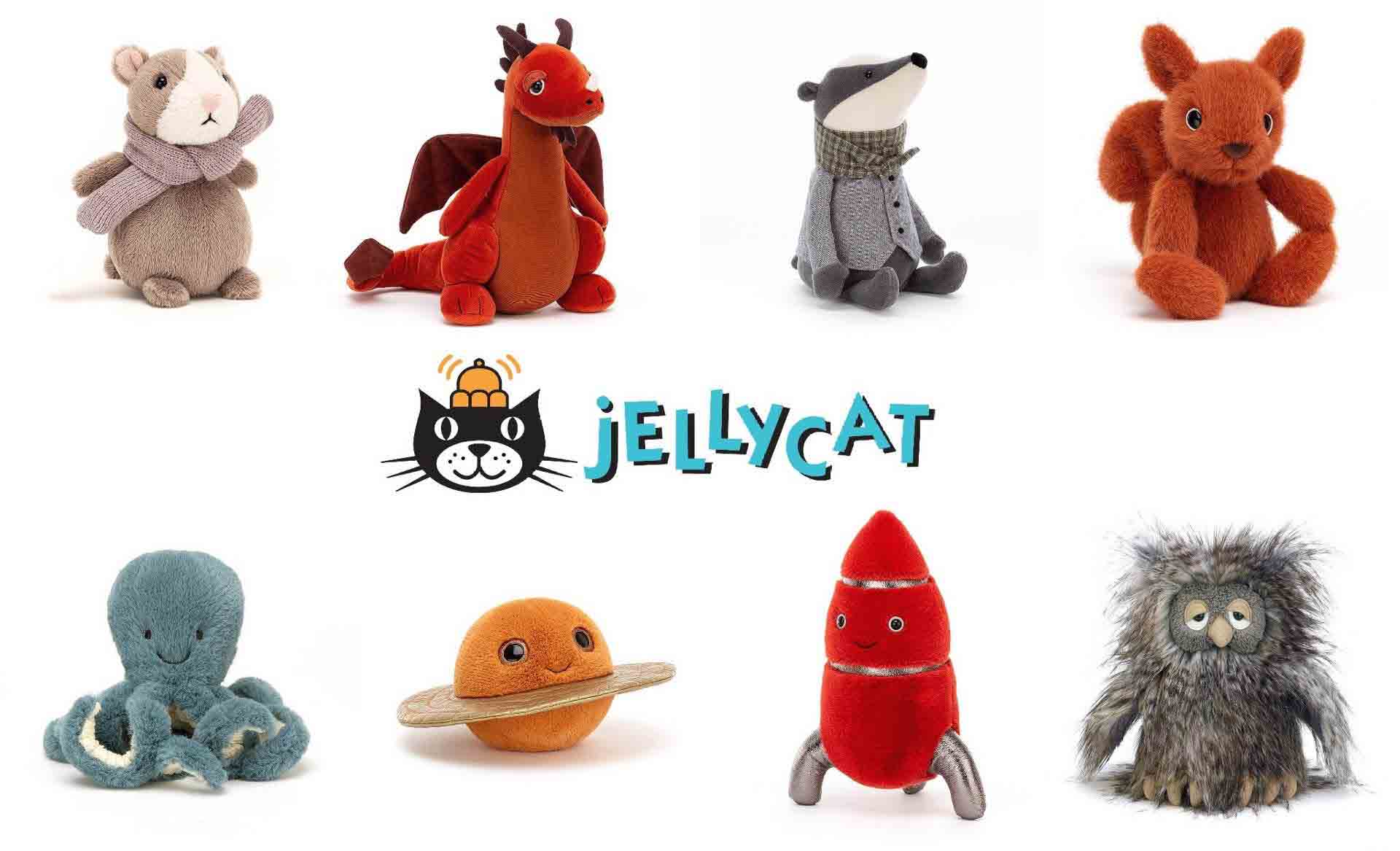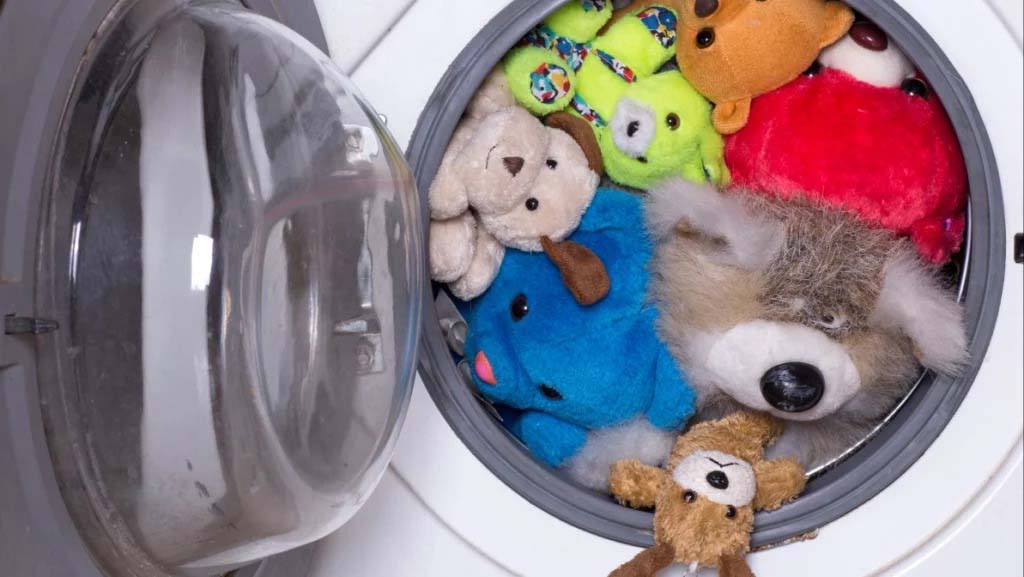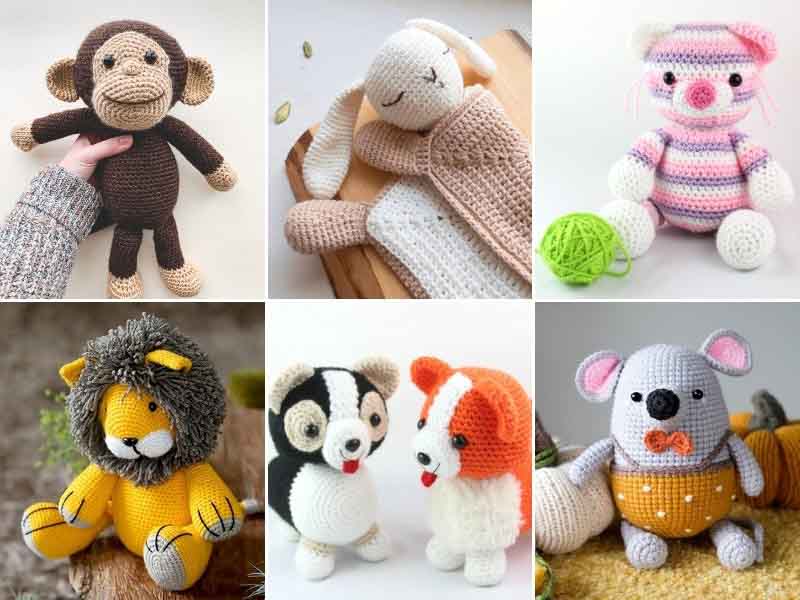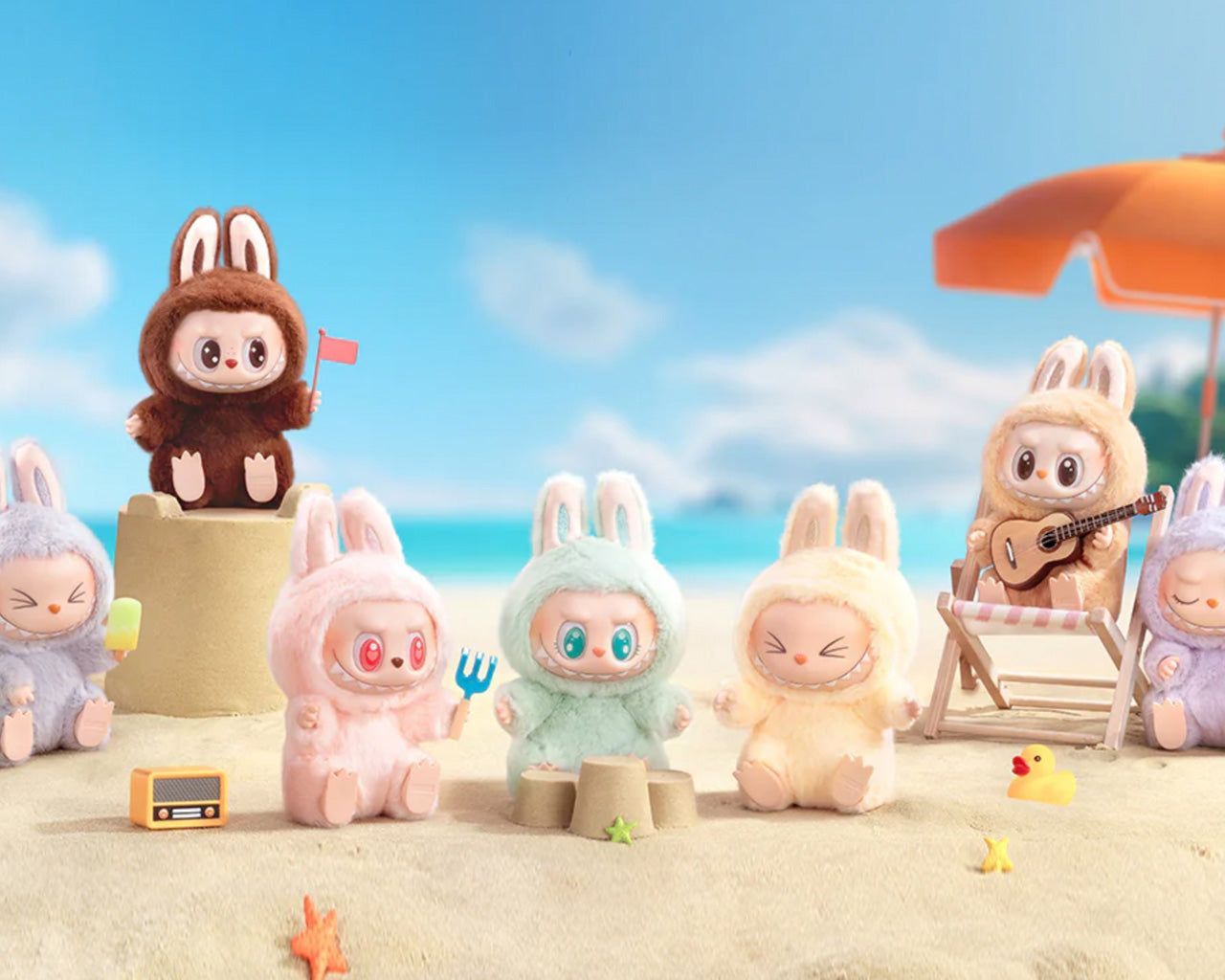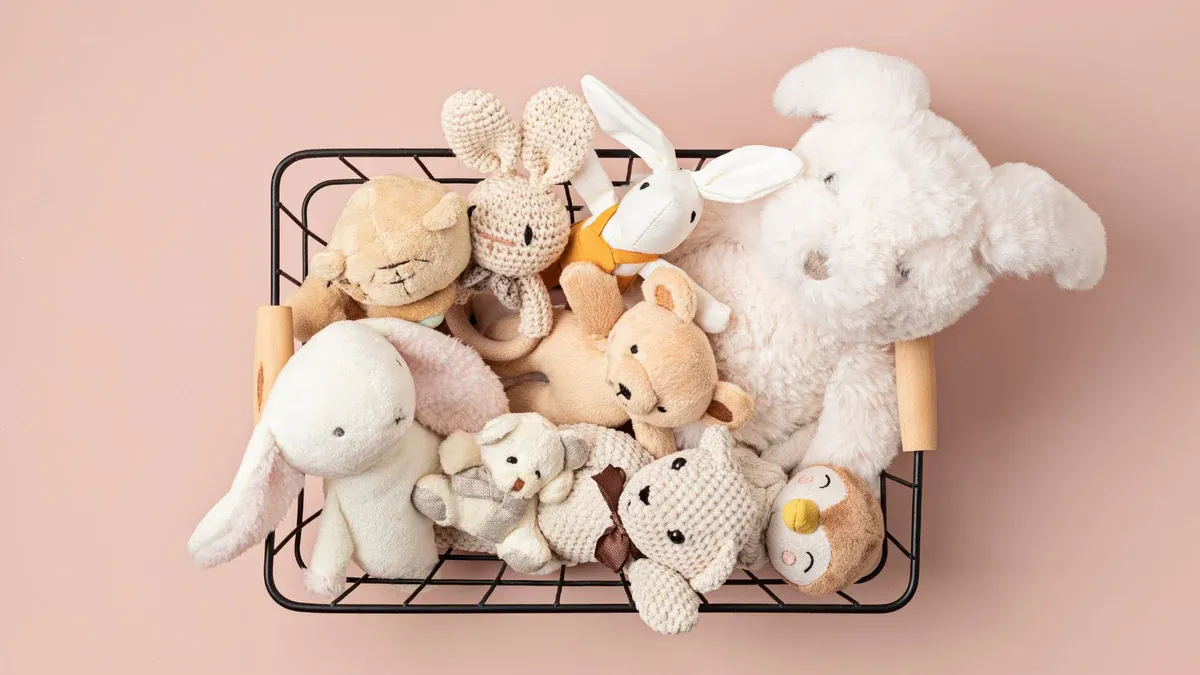Stuffed toys are more than simple children’s products. Across industries, they carry cultural meaning, emotional value, and commercial importance. Understanding their definition and usage helps brands make better sourcing decisions.
The meaning of stuffed toys extends beyond being playthings. Defined as soft, fabric-covered items filled with materials like cotton or polyester, they combine comfort, symbolism, and market demand. From childhood companions to collectibles, stuffed toys represent emotional bonds, cultural icons, and versatile products for retail, promotional, and branding purposes worldwide.
Stuffed toys hold both emotional and business relevance for global buyers.
What Is the Definition of a Stuffed Toy in the Global Toy Industry?

A stuffed toy is broadly defined as a soft item made of fabric, shaped into animals, characters, or objects, and filled with internal stuffing. This definition is recognized across international markets, but specific terminology may vary—such as “plush toys” in the U.S. or “soft toys” in the U.K.
In the toy industry, a stuffed toy refers to a fabric-made product filled with materials for softness and shape, often designed as animals or characters.
Stuffed toys exist in nearly every culture, but industry definitions often adapt to local standards. For example, European markets highlight CE compliance as part of the toy’s definition, while North America emphasizes safety testing like ASTM. For manufacturers, these variations matter when exporting products internationally. Buyers also consider the definition flexible: while teddy bears and dolls are the most iconic, modern categories include food-shaped plush, lifestyle plushies, and even branded merchandise.
| Aspect | Definition in Industry Use | Notes for Buyers |
|---|---|---|
| Structure | Fabric exterior, internal filling | Shape maintained by stitching |
| Common Terms | Stuffed toy, plush toy, soft toy | Regional differences |
| Product Range | Animals, dolls, branded shapes, lifestyle | Expands beyond children’s market |
How Do Materials and Fillings Define the Meaning of Stuffed Toys?

The essence of a stuffed toy comes from what is inside and outside. The softness, weight, and durability depend directly on the chosen materials and stuffing. High-quality fabrics paired with safe fillings create toys that are not only enjoyable but also safe and long-lasting.
Stuffed toys are defined by materials and fillings. Fabrics like velboa or cotton combined with polyester fiberfill, beans, or foam create softness, durability, and character.
For global sourcing, material selection is often the most critical factor. Polyester fiberfill remains the standard, while natural cotton or eco-friendly RPET options are gaining popularity. Fillings can alter how a toy feels: bead fillings add weight, while memory foam adds resilience. This flexibility allows brands to align product quality with consumer expectations. Buyers should carefully evaluate suppliers’ sourcing to ensure consistency, compliance, and value.
| Material Type | Use in Stuffed Toys | Buyer Consideration |
|---|---|---|
| Fabrics | Velboa, cotton, fleece, faux fur | Softness and durability |
| Fillings | Polyester, cotton, beads, foam | Texture, weight, safety |
| Eco-Friendly | RPET, organic cotton | Sustainability appeal |
What Are the Cultural and Emotional Associations Behind Stuffed Toys?

Stuffed toys have meaning beyond production. They symbolize comfort, memory, and emotional connection. Across many cultures, teddy bears are seen as protective childhood companions, while in others, plush dolls are linked with tradition or rituals.
Stuffed toys carry cultural and emotional meaning. They symbolize comfort, nostalgia, and companionship, making them powerful products across generations and global markets.
For businesses, understanding these associations is key to branding. Consumers rarely see stuffed toys as just “products.” They attach them to memories, festivals, or relationships. For example, gifting plush bears during Valentine’s Day is a global tradition, while in Japan, plush mascots represent characters tied to lifestyle brands. These connections explain why stuffed toys thrive not only in children’s markets but also in collectibles, gifts, and lifestyle segments.
| Region | Cultural Association | Market Impact |
|---|---|---|
| Western Countries | Comfort, childhood, gifts (Valentine’s) | High seasonal sales |
| Japan | Kawaii culture, mascots, amigurumi | Strong collectible market |
| Middle East | Family gifts, symbolic meaning | Growing in lifestyle retail |
How Do Stuffed Toys Differ from Plush Toys, Dolls, and Other Soft Goods?

The terms “stuffed toy,” “plush toy,” and “doll” are often used interchangeably, but each has distinct market usage. A plush toy usually emphasizes fabric softness, while a stuffed toy covers all types. Dolls, on the other hand, focus on human figures, while soft goods may include pillows and cushions.
Stuffed toys differ from plush toys and dolls by scope. Stuffed toys cover all fabric-filled items, while plush toys highlight softness, and dolls represent human figures.
Understanding these differences matters in global sourcing. Buyers searching for “stuffed animals” may miss suppliers advertising “plush toys.” Similarly, promotional markets often classify cushions or mascots under the “stuffed toy” umbrella. Brands that understand this terminology avoid confusion and find suppliers more efficiently.
| Term | Key Definition | Common Market Use |
|---|---|---|
| Stuffed Toy | Broad term for fabric-filled products | Global sourcing term |
| Plush Toy | Focuses on soft fabric like velboa | Children’s toys, collectibles |
| Doll | Human-shaped toy | Fashion dolls, cultural dolls |
| Soft Goods | Cushions, plush pillows, accessories | Home décor, promotional items |
What Role Do Stuffed Toys Play in Retail, Collectibles, and Promotional Markets?

Stuffed toys are flexible products that adapt to multiple industries. They function as retail products, collectibles, or promotional gifts. Their value lies in their universal appeal and ability to carry branding.
Stuffed toys play roles in retail, collectibles, and promotional markets. They serve as consumer products, cultural collectibles, and customizable branded gifts.
In retail, stuffed toys dominate shelves from supermarkets to specialty stores. Collectors seek limited-edition or licensed designs, especially linked to movies, games, or cultural icons. Promotional markets use plush mascots to communicate brand identity, such as airlines or theme parks. For B2B buyers, this multi-market adaptability increases profitability and reduces sourcing risks.
| Market Segment | Example Products | Buyer Benefit |
|---|---|---|
| Retail | Teddy bears, unicorn plush, animal toys | High-volume consumer demand |
| Collectibles | Licensed characters, limited editions | Premium pricing, brand loyalty |
| Promotional | Plush mascots, event giveaways | Branding and customer engagement |
How Has the Meaning of Stuffed Toys Evolved Across Different Generations?

The meaning of stuffed toys has shifted alongside consumer behavior. In the past, they were primarily for children. Today, they are lifestyle items, collectibles, and even stress-relief tools for adults.
Stuffed toys have evolved from children’s products to lifestyle collectibles. Across generations, they represent comfort, culture, and new commercial opportunities.
Modern markets show a surge in “kidult” consumers—adults who buy toys for nostalgia, mental health, or décor. Social media platforms like TikTok have expanded this trend, where plushies are showcased as lifestyle essentials. For brands, recognizing generational shifts is crucial to expanding target markets. Toys are no longer age-limited; they are cultural and commercial symbols.
| Generation | Role of Stuffed Toys | Market Insight |
|---|---|---|
| Baby Boomers | Childhood gifts, family heirlooms | Legacy products |
| Millennials | Collectibles, lifestyle décor, nostalgia | Drive premium markets |
| Gen Z | Everyday comfort, social media culture | Expanding cross-border demand |
Conclusion
Stuffed toys mean far more than fabric and filling. They represent culture, safety, memory, and opportunity. For brands, understanding this meaning helps in product design, sourcing, and marketing.
At Kinwin, we help brands create safe, innovative, and customizable stuffed toys that meet global demand. Reach out to us today to explore how we can support your business with high-quality solutions.


